Best direction for the timeline is the Avis line continues in Spain and continually protects the rights of the autonomous Portugal. They could also try to secretly promote Lusotropicalism to increase the Portuguese "population", so settler colonies like Brazil would be integrated with the homeland. If Spain tries to assimilate Portugal, it can easily fight off Spain just with population alone.
You are using an out of date browser. It may not display this or other websites correctly.
You should upgrade or use an alternative browser.
You should upgrade or use an alternative browser.
Un Dios, Un Imperio, Un Rey | Alternate TL.
- Thread starter Paladín Wulfen
- Start date
Not really , i never thought of spain as evilso just regular Spain to the average Portuguese citizen?
You are forgetting that Italy is under Spanish control, if Portugal tries to fight with its population, it can be found that the number of Spaniards is much greater than OTL due to the assimilated Italian population and their immigration to Spanish colonies means that Brazil can only delay assimilation.Best direction for the timeline is the Avis line continues in Spain and continually protects the rights of the autonomous Portugal. They could also try to secretly promote Lusotropicalism to increase the Portuguese "population", so settler colonies like Brazil would be integrated with the homeland. If Spain tries to assimilate Portugal, it can easily fight off Spain just with population alone.
Did I just mean whites? No, they can also introduce the idea of natives getting rights. Sure, compared to the Spanish population it wouldn't be as high, but it wouldn't be easy to shut down eitherYou are forgetting that Italy is under Spanish control, if Portugal tries to fight with its population, it can be found that the number of Spaniards is much greater than OTL due to the assimilated Italian population and their immigration to Spanish colonies means that Brazil can only delay assimilation.
If we include blacks and Natives, Portugal would still lose. As Paladín-Wulfen suggested, the Spanish could copy their model and by importing a large black population and using the remaining Natives as slave labor with this population, the gap would be in favor of the SpanishDid I just mean whites? No, they can also introduce the idea of natives getting rights. Sure, compared to the Spanish population it wouldn't be as high, but it wouldn't be easy to shut down either
Last edited:
It could muster such an army. But in the end defeating the rebellion wouldn't be enough. Some other rebellion would still happen, as the Portuguese would be united not from a voluntary/peaceful marriage process like Catalonia, but (at least as I assume it will be ITTL) either military conquest or dynastic union. The truth is Portugal has to be at least not too angry at Spain.If we include blacks and Natives, Portugal would still lose. As Paladín-Wulfen suggested, the Spanish could copy their model and by importing a large black population and using the remaining Natives as slave labor with this population, the gap would be in favor of the Spanish
Spain would have more territories to pull resources from, but it would be a drain suppressing Portuguese rebellions (and even Brazilian ones in some regions, as the colony had 100 thousand people in 1600). ITTL Spain will be stronger but it will also have to deal with managing the native population of the Americas (That would hate them much more ITTL), managing its Italian domains and also fighting the Reformation and intervening in European affairs.
And that's not even mentioning how even if Spain "wins" they'll have severely depopulated a area they wanted to conquer, wrecked it's infrastructure (both governmental and resources wise), spended God knows how many reales and got so many troops killed by irregulars as well as showing to the rest of Europe what exactly having Spanish troops around means. It would take decades and maybe even a century to get area back in proper shape and even more massive amounts of money. They would gain nothing and lose a lot by trying to brute force things.It could muster such an army. But in the end defeating the rebellion wouldn't be enough. Some other rebellion would still happen, as the Portuguese would be united not from a voluntary/peaceful marriage process like Catalonia, but (at least as I assume it will be ITTL) either military conquest or dynastic union. The truth is Portugal has to be at least not too angry at Spain.
Spain would have more territories to pull resources from, but it would be a drain suppressing Portuguese rebellions (and even Brazilian ones in some regions, as the colony had 100 thousand people in 1600). ITTL Spain will be stronger but it will also have to deal with managing the native population of the Americas (That would hate them much more ITTL), managing its Italian domains and also fighting the Reformation and intervening in European affairs.
and to top it all off TTL's Portuguese people in 2022 would call Spain "Greater Portugal"And that's not even mentioning how even if Spain "wins" they'll have severely depopulated a area they wanted to conquer, wrecked it's infrastructure (both governmental and resources wise), spended God knows how many reales and got so many troops killed by irregulars as well as showing to the rest of Europe what exactly having Spanish troops around means. It would take decades and maybe even a century to get area back in proper shape and even more massive amounts of money. They would gain nothing and lose a lot by trying to brute force things.
Spain controlling Italy is just another ulcer for Spain and by no means does it mean that the Spanish population is "bigger", it just means there's less Spaniards in the Empire and more Italians, and we all know the history of Italy as a definetly peaceful, not rebellious place, don't we. Plus, Spanish colonies were limited to Castilian ports for the most part, not Italian ones so that means the Italians in the Spanish Empire will be probably settling North Africa.You are forgetting that Italy is under Spanish control, if Portugal tries to fight with its population, it can be found that the number of Spaniards is much greater than OTL due to the assimilated Italian population and their immigration to Spanish colonies means that Brazil can only delay assimilation.
Yes but mostly need pass by Cadiz because is the main port between the routesNow that I think about it, are the Aragonese ports open to the new world?
The new chapter is almost ready for tomorrow. We will not only see the beginning of an Iberian Union... If not the long war between the Pirate Queen and Spain.
The next chapter will be one of the most shocking possible... But a possible one.


The next chapter will be one of the most shocking possible... But a possible one.


Aiyo Possible Date Shogunate??? 🧐🧐🧐The new chapter is almost ready for tomorrow. We will not only see the beginning of an Iberian Union... If not the long war between the Pirate Queen and Spain.
The next chapter will be one of the most shocking possible... But a possible one.


La Muerte del Mastín y el Ascenso de Augusto
«¡FUEGO!¡MANDAD A ESOS PERROS AL FONDO DEL MAR!».
«¡FIRE! ¡SEND THOSE DOGS TO THE BOTTOM OF THE SEA!».
— Álvaro de Bazán y Guzmán
«¡FIRE! ¡SEND THOSE DOGS TO THE BOTTOM OF THE SEA!».
— Álvaro de Bazán y Guzmán
By the early 1560s, Europe was divided into Catholicism and Protestantism. The death of Mary I of England; "the most unhappy of queens, wives and women", as she defined herself, allowed her half-sister Elizabeth I to rise to power. Elizabeth did not sympathize with Catholics (it is difficult to sympathize with someone who considers you a bastard ), but neither was she a fervent Protestant as other rulers could be. She went so far as to declare that the differences between the various branches of Christianity "were a mere trifle." Isabel I would reveal herself as a skillful statesman with a much more lucid perspective than that of the other kings of her time, since she perfectly understood that religion was not a matter of principle, but a mere piece of the political game. Given that her legitimacy as queen could only be justified from Protestantism, it was obvious that Elizabeth I remained Protestant, but her goal was to achieve national unity, preventing England from being the scene of a religious war like the ones that had hit Germany and began to happen in France. Her confidant was Baron William Cecil, who had been royal secretary during the reign of Edward VI and had lost his position to Mary Tudor, a position he now regained. Another favorite of the queen was Robert Dudley, son of John Dudley, the Duke of Northumbria, and brother of Guilford Dudley, the husband of Joan Grey). Robert was now twenty-six years old and was soon given the title of Earl of Leicester. Catholicism, on the other hand, had the Jesuits. The Jesuit order had more than a hundred schools in Europe, which proved to be an effective weapon against Protestantism, whose advance was increasingly alarming. That same year a Protestant focus was discovered no less than in Spain. Some Spanish Protestants had already known death at the stake. Instead, many more Protestants now appeared in Valladolid. The clergyman Agustín de Cazalla was identified as the source of the outbreak.
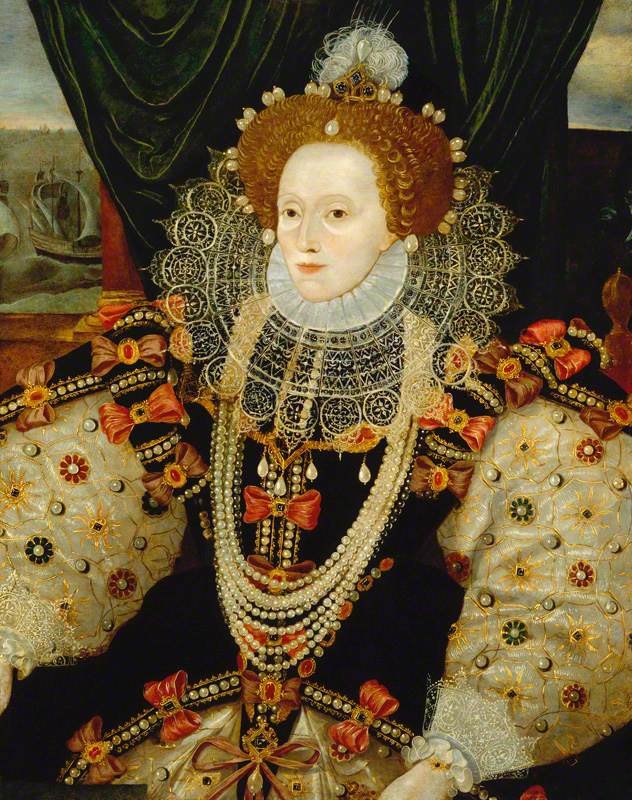
From an Erasmian background, it seems that his thinking had evolved towards Protestantism, and in recent years he had proselytize. Immediately, Cazalla was arrested by the Holy Inquisition and later burned. Instead, a thirteen-year-old boy would arrive at the court of Fernando I, whom his adoptive parents called Jeromín. He was the son of a Flemish lady named Barbara Blomberg. He did not know it (very few knew it, in fact) but his father was Charles V himself, but Charles decided to send him to Spain to become a man and with better luck obtain his own kingdom. Fernando I, would recognize the child as a member of the royal family. At the time of his name they changed him to Don Juan de España. He would be granted his own house with service and assigning him 15,000 ducats as a monetary pension, at the head of which he put Don Luis de Quijada. However, Fernando I would die in 1564. Six years after his brother Carlos V. The death of Fernando I was used by the Ottomans to launch an offensive in the so-called Tunisia Campaign in which the Spanish Tercios quartered in Tunisia fought against the Berbers pirates exiled to Libya led by lieutenants of Khair-ad-Din "Barbarossa". However, although the Spanish managed to hold the line against the Ottomans, it was at the cost of weakening much of the fleet that was sunk or damaged. Cost that the following year would affect the defense of Malta. Since the early times of Fernando I, who ceded to the once powerful Order of the Knights of Saint John of Jerusalem, the islands of Malta, Gozo and Comuno, as well as the North African plaza of Carthage. The order dedicated itself exclusively to being a constant stumbling block for Barbary piracy (acting as pirates themselves, one might say). However, Malta was far less prosperous than the Order's previous seat on Rhodes, both because of its smaller size and because of its scarce resources, to the point that the Hospitallers were tempted to abandon it.
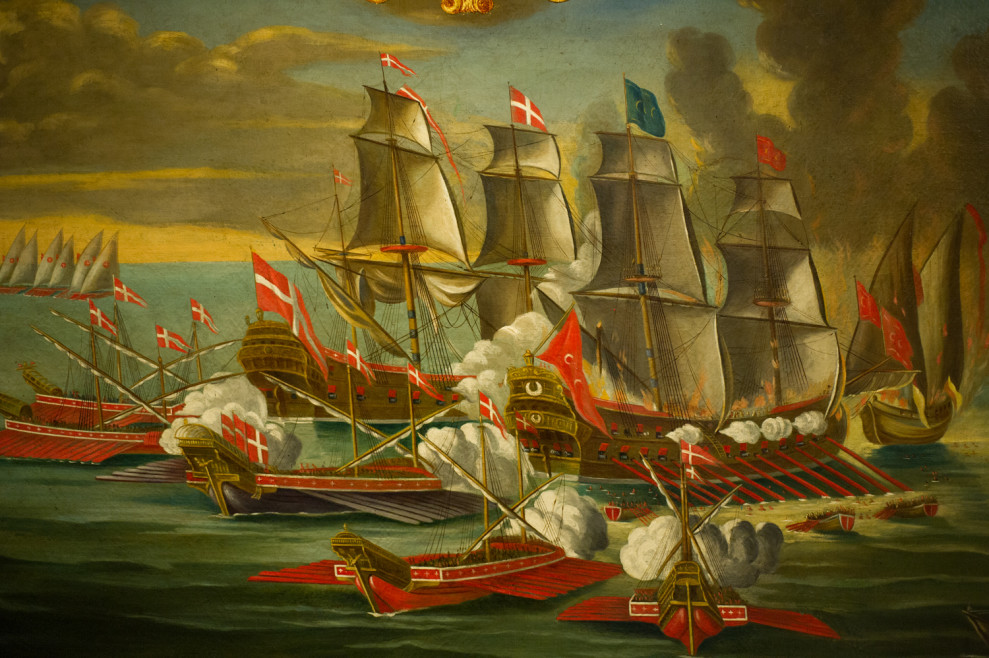
On the other hand, the island had a privileged position that gave it great strategic importance as a buffer between the Catholic Western Mediterranean and the Muslim Eastern Mediterranean. Suleiman the Magnificent due to the climate of tension and the continual attacks by the Knights of Malta on his vassal domains including disrupting the shipping routes carrying pilgrims to Mecca, he was forced to plan an invasion against Malta. The first soldiers to mobilize were the 10,000 janissaries of his personal guard. In addition to these, 6,000 cavalry sipahis were mobilized, the so-called iayalás or Sevenslayers (name they receive because of their oath never to flee from the battlefield until they kill seven adversaries) and an undetermined number of irregular Azab, dervishes, Berbers. pirates and all kinds of adventurers. In total they added 30,000 soldiers for the expedition. A total of one hundred and thirty galleys, thirty galleots, nine transport ships, ten large ships, and two hundred merchant ships departed from Constantinople. The imminent attack on the island was an open secret that was transmitted thanks to renegades, deserters and various upstarts, paradigmatic characters on the border between Christianity and Islam who constituted a valuable source of information. This information was soon heard by the recently promoted King Felipe I of Spain. Although King Philip I was alert to the possible loss of North African strongholds that served as bastions against Turkish depredations in the western Mediterranean and its coasts, the king lacked notable naval experience. For such work, he had select characters such as the 3rd Duke of Alba Fernando Álvarez de Toledo y Pimentel for land warfare with the Tercios but for naval work he highlighted Álvaro de Bazán y Guzmán, a Navarrese born in Granada of a lineage that dated from the beginning of the 14th century and that stood out for serving the kings of Castile since then and being related to the most distinguished of the Castilian nobility.
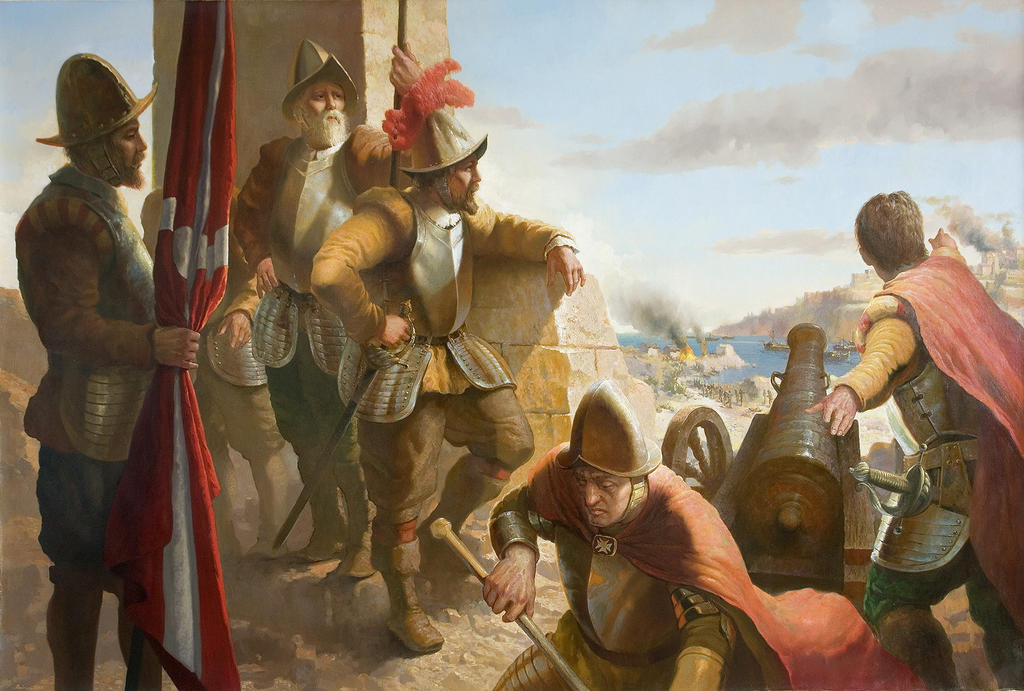
Álvaro de Bazán y Guzmán stood out for being in a seafaring environment from a young age to the point that at the age of nine he ran along the deck of his father's flagship, thus doing his nautical apprenticeship. Along with his father, he acquired experience and practice on seamaneuvers. At seventeen he moved to Santander with his father, where he learned about the seafaring tradition of the north with its different ship models. To later serve in battle against the French, who made him receive command of an independent navy, whose mission was to guard the southern coasts of Spain and protect the arrival of the Fleet of the Indies. This command would make him face the French, English and Dutch corsairs who operated from their Atlantic bases, although he also promoted the use of a new type of naval vessel that was larger than caravels and more sailors than carracks or naos, thus combining the transport capacity of cargo ships with the firepower required by the new techniques of warfare at sea, making it possible to have heavily armed transport ships. These ships that surpassed the Portuguese caravel built for merchant purposes, unlike the Galleon, which began as a more armed naval transport than a warship equivalent to a castle in the sea. Thanks to this new vessel, Álvaro de Bazán would be appointed captain general of the Navy at the age of only twenty-eight in 1554. With his position as captain general of the Navy, Álvaro de Bazán received orders to go to Malta with a war fleet and liberate it of the siege or to intercept the Muslim invasion fleet. With a fleet of a hundred ships including fifteen Galleons, Alvaro would manage to reach the coast of Malta just to intercept the arrival of the fleet when it was a few kilometers from landing.
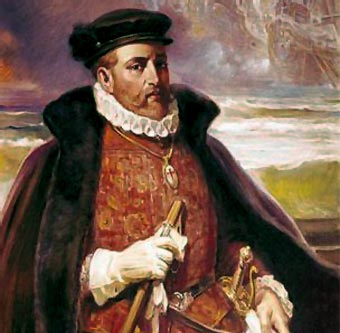
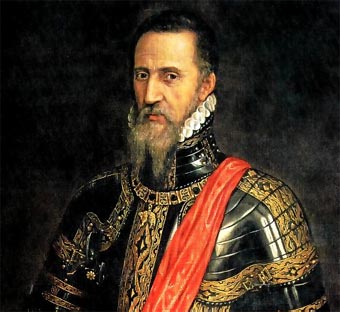
The Main Politicals Factions with his leaders.
Prince of Éboli Ruy Gomez de Silva and 3rd Duke of Alba Fernando Álvarez de Toledo y Pimentel
The relief of the place by the Spaniards was the exclusive merit of Álvaro de Bazán who, in a bold move, would take advantage of his superiority in warships to surround the Ottoman fleet in the shape of a crescent moon when it was a few hundred meters from the coast. of Malta, to later in a three-way crossfire begin to destroy the Ottoman fleet that, although it tried to withdraw, the overcrowding of the ships hindered each other and worsened when the Birgu's fire-launching barges began to cause fires that spread quickly to the rest of the fleet that would end up shipwrecked on the coasts where they would be mostly enslaved and tortured by the vengeful Knights while the sunk would die trapped or chained to their rowing trades or even burned. The victory in Malta allowed to stop the growing wave of Ottoman power that had been fighting against the Safavid Empire led by Tahmasp I in Persia, the Hapsburgs led by Charles V and later after his death: by Archduke Maximilian. For the accession to the throne of Felipe I of Spain, two factions arose: the Imperials, also called Hounds, led by the Duke of Alba with the support of Álvaro de Bazán and other characters of a military nature, including prominent figures, such as the Dukes of Alburquerque, who acted favoring war against potential enemies be it France, the Ottoman Empire even the Protestants. Later there were the Humanists, also known as Pastors, who promoted a policy of economic and scientific development while fighting for the increase of their colonial domains in Overseas, the main followers of the Humanists were no less important families, such as the Mendozas, the Dukes de Gandía or the Enríquez family, was led by the Prince of Éboli (Ruy Gómez de Silva). King Felipe would stand out for his phrase: "I have the Hounds on a leash and the Shepherds behind me, attentive to my orders"
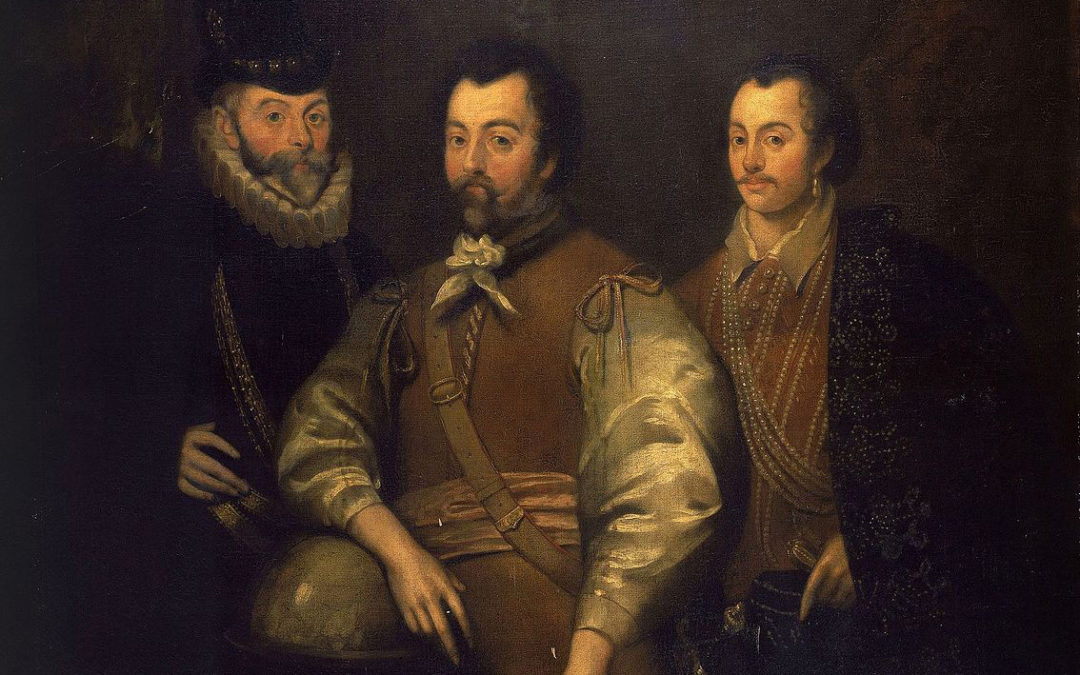
Felipe decided to advocate a policy that favored both sides. Felipe did not want to help his Austrian cousins because he had more pressing problems such as the end of the Anglo-Spanish friendship that was seen during the time of Mary I of England that was demonized as Bloody Mary that came with the dangerous emergence of a rapprochement of England to France who was experiencing a period marked by a series of civil confrontations marked by religious disputes between Catholics and Calvinist Protestants, known as Huguenots, exacerbated by disputes between the noble houses that championed these religious factions, especially the Bourbons and the Guises, these The latter leading French Catholicism while being supported by Philip I who supplied gunpowder and weapons. On the other hand, there would be the beginning of the so-called Dogs of the Sea: a clique of English adventurers and merchants who practiced piracy and privateering, led in that moment by John Hawkins, second bastard son of a slave trader, close to Henry VIII of England. With a letter of marque granted by Queen Elizabeth I of England, he made the second expedition in 1564 aboard the Jesus of Lubeck, along with three other ships, with the purpose of selling African slaves in Borburata on the coast of Venezuela, Curaçao, Río Ax and Cartagena de Indias. Upon returning to England, thanks to the substantial dividends distributed, he was honored by Queen Elizabeth I with the title of knight. However, because of second cousin Francis Drake, who was 25 years old at the time, they would end up suffering a naval disaster when, after nearly a year of looting along the American coasts, they would end up being decimated in the port and fort of San Juan de Ulúa in New Spain. This event would be the antecedent of what would be called "War of the Pirate Queen" a conflict where England would experience an economic recovery thanks to the constant expeditions of the English Protestant corsairs against the Spanish territories in the Indies.
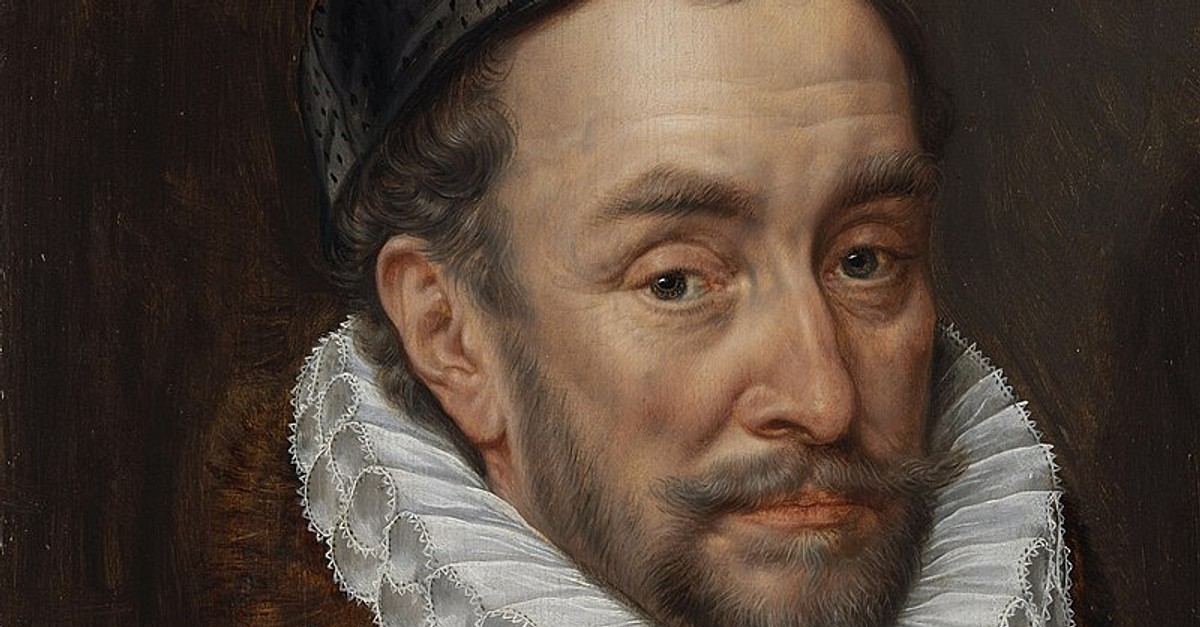
Philip would prove to be focused on caring about Spanish affairs to the point that he would not help his Austrian cousins when the so-called Netherlands Rebellion began, instigated by the disgruntled Prince of Orange Willem van Oranje-Nassau. with increasing persecution. Reformed Calvinist Protestants suffered at the same time from the excessive and constant presence of Austrians who intervened in the government of the Netherlands. This would cause a wave of iconoclasm to break out between August and October 1566, known as the Storm of Images (Beeldenstorm in Dutch) that swept through the Netherlands. Calvinists, angry at the persecution of the Catholic Church during the Inquisition, and opposed to Catholic images, destroyed hundreds of statues from churches and monasteries. Maximilian II of Austria (son of Charles V), ordered to put an end to the revolt using force of arms, but William of Orange, as one of the most important and popular politicians in the Netherlands, became the leader of the revolt. resistance at the same time that it financed the Beggars, groups of Protestant refugees who acted as corsairs and raided coastal cities, killing Spanish and Dutch alike. He also raised an army, made up mainly of German Protestant mercenaries, to confront the Austrian Catholics on the ground. However, one of the major events that would mark Philip's reign would be the beginning of a greater policy of colonial expansion while the massive use of galleons was generalized to the point that this same military use would allow trade with the Indies to be more strongly controlled than before since facing a Galleon was considered suicide if you didn't outnumber it ten to one in case the enemy side relied on galleys. Philip would be considered a king away from public life.

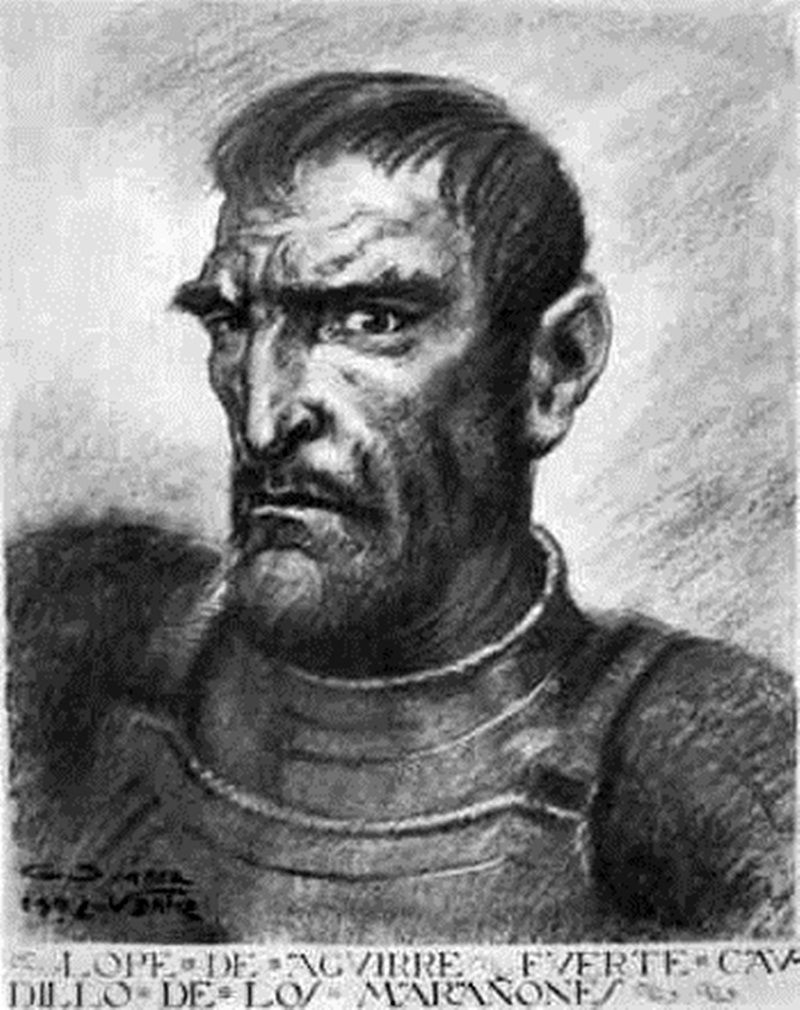
But that did not prevent Felipe from beginning to use the riches of the Viceroyalties of America to promote the creation or restoration of roads, hospitals, universities and manufactures that would be comparable in effective quality to those built in Germany or Italy or even England. Felipe would stand out when in 1570, a Spanish flotilla that left from Acapulco ended up arriving at an archipelago that was considered a vivid image of paradise. However, when they met the natives, they were quickly shocked to discover the practice of Aikāne consisting of intimate relationships between same-gender couples that was comparable to the practice in Ancient Greece and even Japan with the Samurai shudō. Soon, the climate, the geographical position, even the fertile soil for planting, resulted in two years later, a Spanish conquistador named Pedro de Ursúa organizing an expedition to reach these islands and take them in the name of King Felipe. The expedition was the way to move away from the already stabilized territories the numerous soldiers and mercenaries who, poor and/or resentful after the recently completed conquests, could again cause problems or alter the existing order. The idea of the expectations of quick wealth encouraged many of them to enlist in the company: in the end about 1,000 Spaniards with a few hundred black slaves who required a couple more ships and about 500 Indian slaves embarked in five brigantines together with three caravels. They departed from Acapulco, among them was a veteran Gipuzkoan from Peru named Lope de Aguirre. The arrival of the Spaniards led by Ursúa was accompanied by a wave of demographic disasters and havoc in the form of burned villages, enslaved populations and the beginning of a system of Encomiendas just like what happened in the Aztec or Inca Empire. In a matter of six months, the entire islands were in time for a wave of reinforcements to arrive.
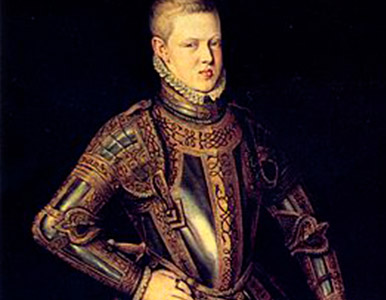
However, there would be an event that would mark the beginning of the government of Felipe I of Spain and it would be when in 1578, King Felipe's nephew: Sebastián I of Portugal would undertake what would be called the Crusade of King Sebastian. Sebastian grew up showing no interest in anything other than tales of chivalry and religion, he was never even interested in women nor did he show signs of wanting to marry, although his enemies would spread slanderous half-truths such as that the young king had a good number of homosexual adventures even with some companions of his court who were also apparently homosexual. This aggravated the fact that despite not having children or a clear heir, the king began plans to organize a great crusade to Jerusalem, a crusade that Felipe I of Spain tried to avoid through dialogue but it was useless and on June 24 of 1578, a great fleet composed of more than eight hundred ships between large and small, ranging from galleons, caravels and galleys and with 20,000 soldiers of which a quarter of the army were volunteers from all the nearby countries of Western Europe, including a contingent from Spain, departed from Belem. The fleet landed at Carthage and was joined by a detachment of Knights Hospitallers from Malta. The news of the army's arrival did not go unnoticed and prompted Muslim emirs including several pirate princes to proclaim a jihad against the Portuguese forces. Eager to take action, the young King Sebastian led his troops on foot into the desert to face armies twice his own, even rejecting better-placed plans such as scouring the coast for supplies from the fleet, but the king refused, that under the argument of being cowardly. From the beginning there were unfavorable omens. The army was accompanied by thousands of field followers, whose job it was to make the nobles feel at ease and comfortable, which was combined with the very slow speed of movement.

By the time Sebastian arrived at the place of confrontation, only the King and several relatives remained as cavalry, since the rest of the horses had died due to the heat of mid-August. To this were added the inclemencies of the environment and desertions, further weakening the Christian force. So it was more of a mob barely prepared for a simple friendly scuffle than a mighty Crusader army. In a matter of three hours, the Christian army, in which the cream of the Portuguese nobility served, with the twenty-four-year-old young king at the head, was annihilated by the Muslim forces who ended up as slaves or hostages, the latter being the case of much of the Portuguese nobility from which a large ransom was demanded. Sebastian died in the first charge and would find his body full of arrows and even half of his jaw would be broken by an arquebus shot. The death without descendants of Sebastian caused the Portuguese throne to be occupied by his great-uncle Henry who had been Archbishop of Braga and then Grand Inquisitor before being appointed Cardinal, who seeking to be freed from his ecclesiastical vows in order to take a bride and pursue the continuation of the Aviz dynasty, he requested permission from Pope Gregory XIII, who, not wanting to antagonize Philip I of Spain, did not grant him that release, a response that would not arrive in time because Enrique would die at the age of 68 years of age. Enrique's death was followed by a succession crisis in which several claimants tried to assert their rights to the Portuguese throne, however, in the face of these events, Philip I of Spain as the son of Isabella of Portugal, made him one of the main claimants to the throne. Portuguese crown together with Antonio, the Prior of Crato and grandson of the Portuguese King Manuel I, Catherine of Portugal and the Dukes of Savoy and Parma, in candidate for the Portuguese throne. Due to the danger of a Civil War, Felipe I would react by sending an army under the command of Fernando Álvarez de Toledo y Pimentel, the Grand Duke of Alba to claim his rights to the throne. Felipe would be from the beginning supported by the nobility who would contribute to a rapid and successful military campaign that would force the Prior of Crato to flee and take refuge in the Azores Islands, from where he was expelled to France in 1583 after the battle of Terceira Island in one of the first military landing operations in the history of Europe. Felipe I would be proclaimed King of Portugal on September 12, 1583 with the name of Felipe I of Spain and Portugal but he would reign from Madrid appointing Fernando Álvarez de Toledo Constable of Portugal and I Viceroy of Portugal, maximum positions in that country after the person of the monarch himself. Philip I would then be called Augustus in reference to his majestic kingdoms.
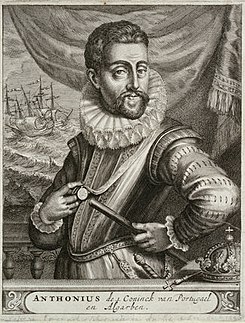

However, the war of succession was not only a Luso-Hispanic one. England was impoverished when Queen Elizabeth I came to the throne, and to improve the national economy, she decided to favor piracy and those who practiced it, who, protected by the English Crown, would end up raiding the shipments and coasts of Spain. These would be called Dogs of the Sea while Queen Elizabeth would be called the Pirate Queen. In the middle of the war, the English corsairs would enter who would support the Portuguese suitors against the Spanish, Felipe I of Spain would demand control from the English Queen towards her sailors while she would deny any kind of knowledge or malicious will. This was not a casual or short-term temporary decision, but rather a national strategy or doctrine of aggression considered malicious and unworthy of moral standards among European nations. The most prominent corsairs would be wicked murderers who trafficked in slaves and even left the crews of attacked ships adrift in boats, they were named Sir, by the queen in person. Among these corsairs would be the group of individuals known as the West Country Men: men who advocated English colonization of Ireland, attacks on the Spanish Empire, and even colonial expansion abroad such as Asia or America. The most outstanding during the war of the Portuguese succession would be Sir Francis Drake. Francis Drake was a treacherous cutthroat who was noted for being a good sailor by English canons, with a reputation for decapitating rival sailors who overshadowed him or even abandoning underage slaves on unknown islands after they had fully pleased their crew. In England, his name was celebrated as a sailor who managed to find and cross the Strait of Magellan in 1578, the entrance to the so-called Spanish Sea allowed Francis Drake to profit by plundering Spanish ships and obtaining such loot that upon returning to London it was distributed between Drake and the Crown, the former obtaining ten thousand pounds of gold while the rest allowed the English Crown to pay its foreign debt in full. Francis Drake would collaborate during the conflict by evacuating António, Prior of Crato to England where he would make a fortune feeding the Black Legend where he mentioned all the atrocities committed by the Spanish in the New World, something that would be used as ammunition ad nauseam by part of the anti-Spanish or anti-Catholic Protestants.
Portugal has a viceroy ? it would be much better to leave a council of portuguese nobleman and clergy to govern
In this tl the black legend is very much true
In this tl the black legend is very much true
IRL was the Duke of Alba the first Virroy of Portugal.Portugal has a viceroy ? it would be much better to leave a council of portuguese nobleman and clergy to govern
In this tl the black legend is very much true
Share: